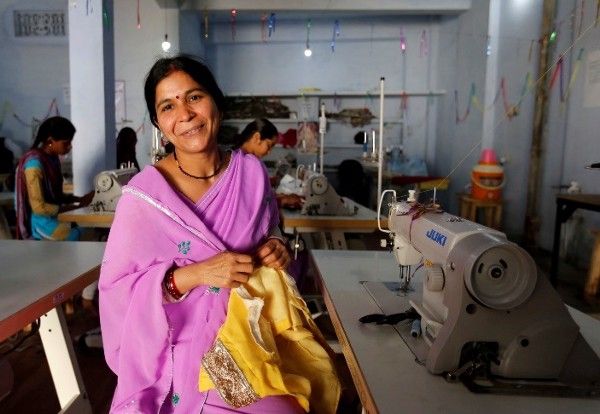Case study: Apparel manufacturing in Kamlapur, Uttar Pradesh
Rajni Shukla was struggling to make ends meet for her family on the meagre earnings of her husband. Meeting the growing needs of two young school-going children meant that she had to pick up odd sewing jobs from the women in her village. The announcement of a garment manufacturing unit in the neighboring town of Kamlapur proved to be the chance that Rajni was looking for.
The garment manufacturing unit is a micro-enterprise led by a local entrepreneur Riyaz, which is incubated by Smart Power India and Sattva in the village of Kamlapur in Sitapur, Uttar Pradesh. The unit uses 3-phase electricity supply from an OMC Power mini-grid to supplement grid power to assure quality and duration of electricity supply needed to run the electric sewing machines.
“What I used to sew in two hours can now be done in less than one. While sewing on my hand-cranked sewing machine, my hands and back would pain a lot. Working on the electric machine is easier and faster. I am happy that I now have a new skill. We need the money that I can make with this sewing job.”
— Rajni Shukla
Over 80 women, including Rajni, signed up for two-month long classes organized by Sattva to create a trained workforce for the garment unit. 50 of the 80 women trained are now employed at the unit to work in two shifts of four hours each to complete bulk manufacturing orders. The unit’s current production capacity is estimated to rise from 2000 units/month to 5000 units/month soon.
For women of the neighborhood, this garment manufacturing unit also represents a much-needed steady source of income. Rajni is happy that she has learnt a new skill which can help her in the future too.
See the transformation of Kamlapur’s women in this photo essay:
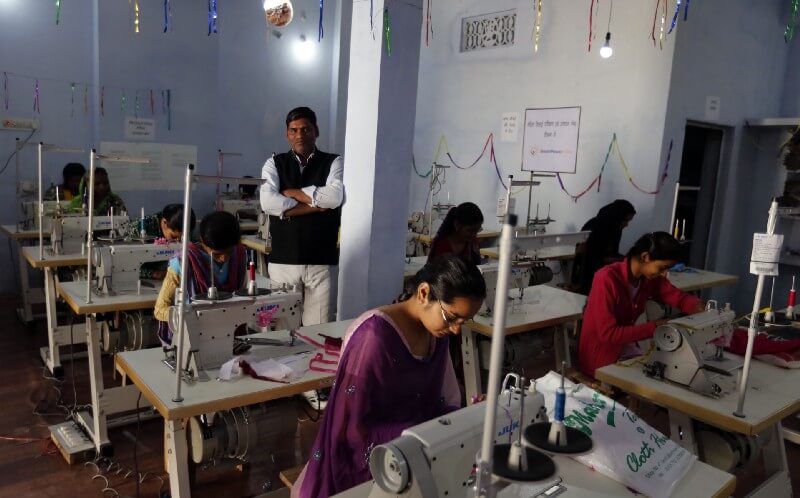
Smart Power India partnered with Sattva to set up a garment manufacturing unit led by a local rural entrepreneur Riyaz in the village of Kamlapur in the district Sitapur of Uttar Pradesh. (Photo: Mustafa Quraishi/Smart Power India)
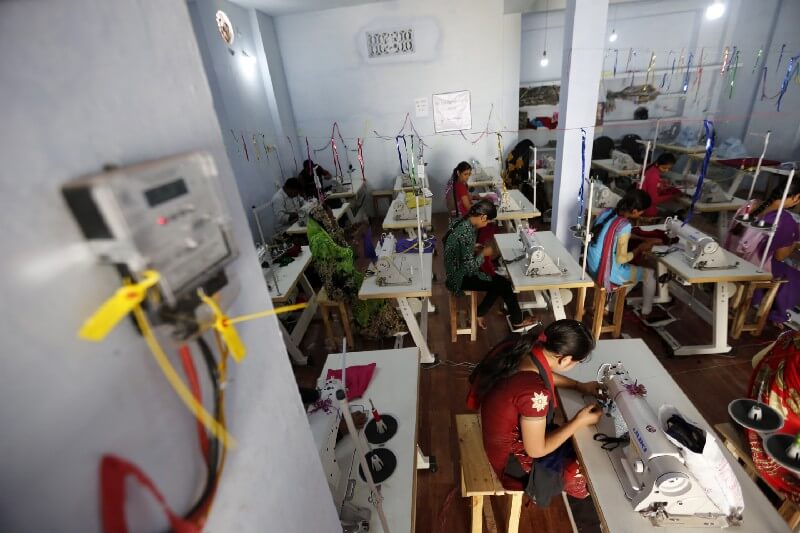
The unit has assured electricity supply from a 3-phase connection from Smart Power mini-grid. the garment unit uses mini-grid electricity during the hours when there is no supply of grid electricity. It ensures that work at the unit continues uninterrupted. (Photo: Mustafa Quraishi/Smart Power India)
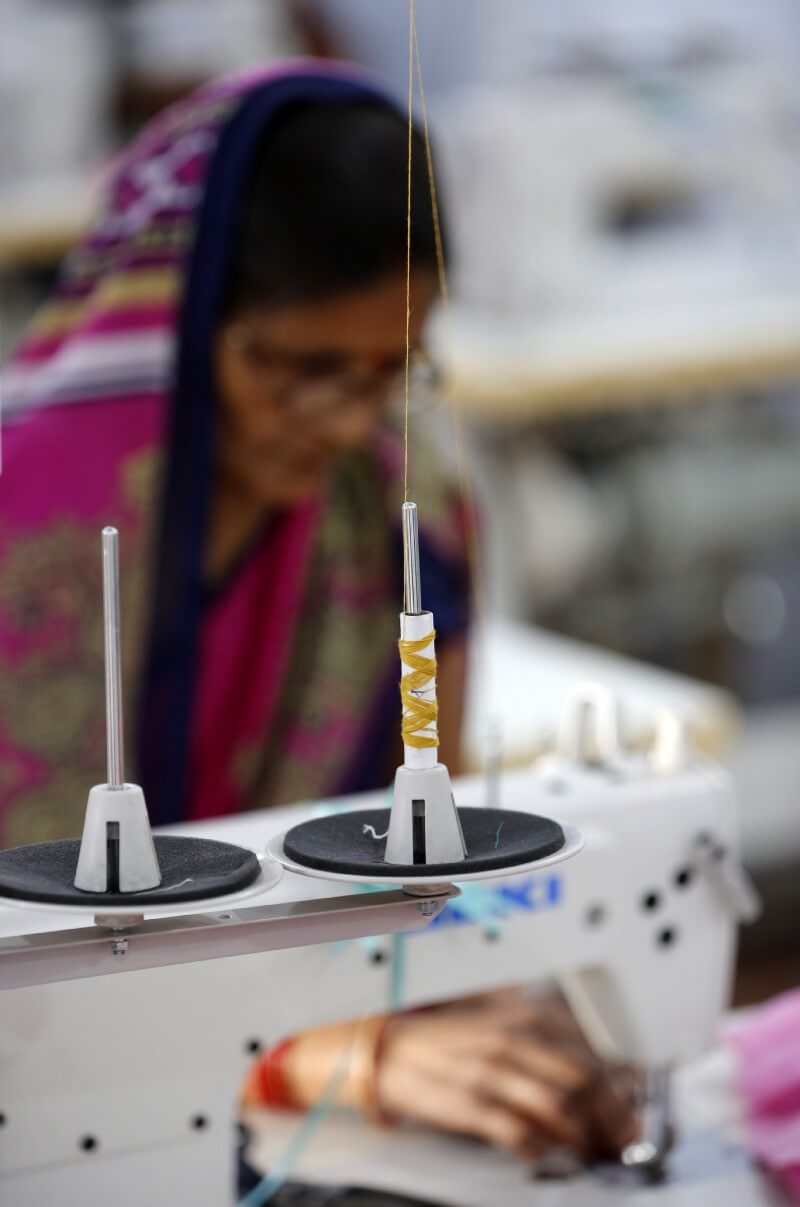
The Sitapur belt is home to a talented pool of artisans who were bereft of regular employment opportunities. This micro-enterprise development program also helps provide market linkages for the unit to assure steady work for the unit. (Photo: Mustafa Quraishi/Smart Power India)
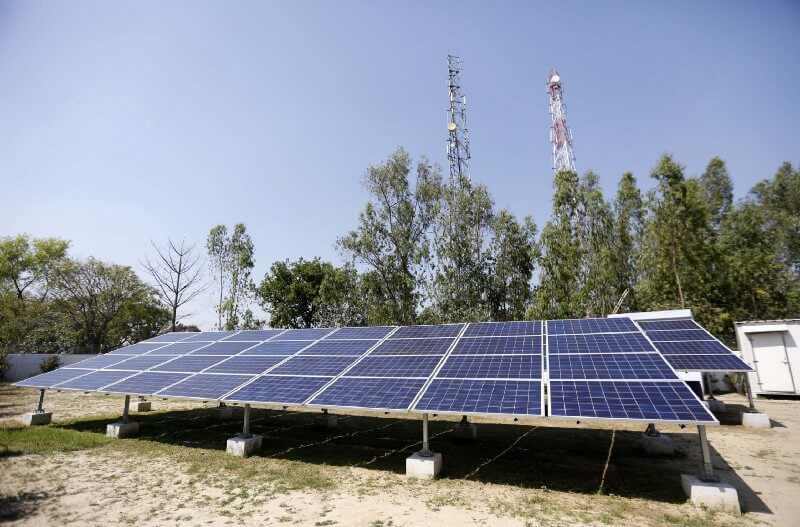
Electricity from the OMC Power mini-grid in Kamlapur ensures that the garment unit receives reliable quality power to run the electric sewing machines. (credit: Mustafa Quraishi/Smart Power India)
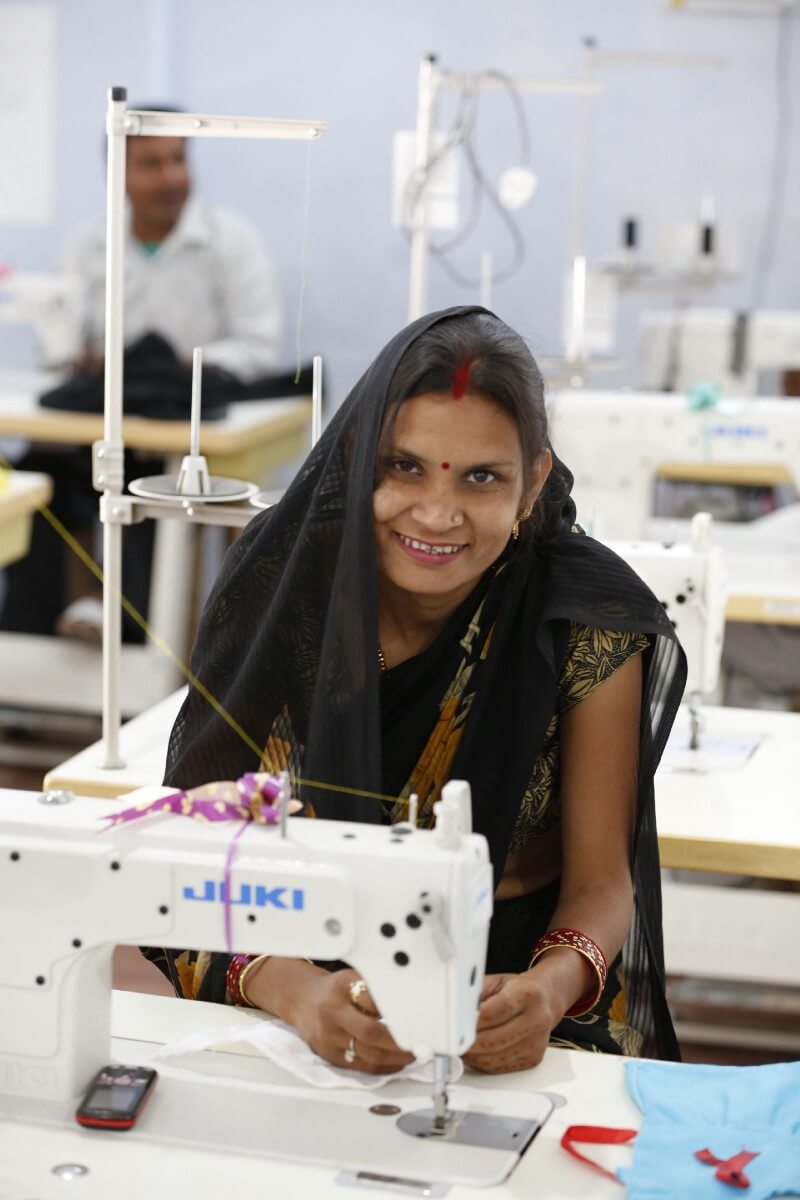
Sattva’s need assessment shows that community members, who are forced to migrate for work were willing to work at 75% of the income they receive in cities, if the jobs are made available to them locally. (Photo: Mustafa Quraishi/Smart Power India)
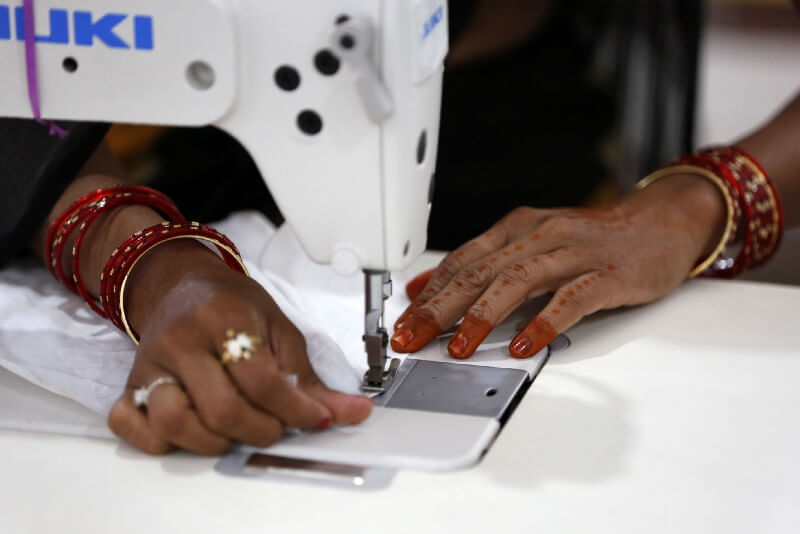
Women from neighboring villages were trained in using electric sewing machines. Of the 83 trained, 50 women were selected to work in two shifts of four hours each. (Photo: Mustafa Quraishi/Smart Power India)
